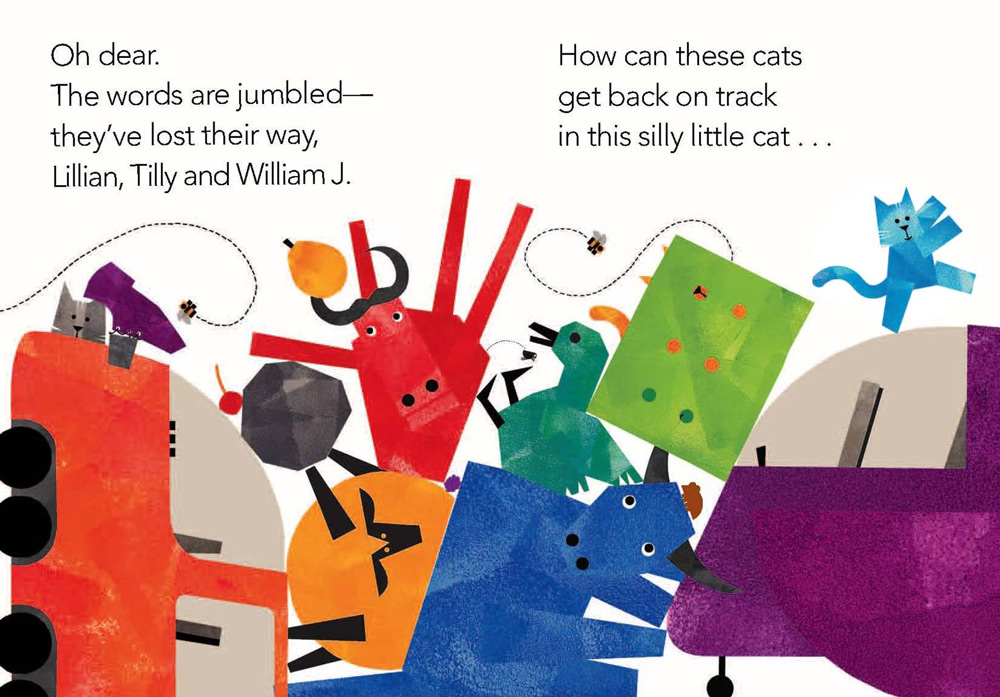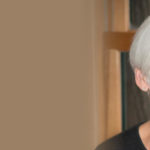Michael Hall is a New York Times bestselling picture book author and illustrator based in Minneapolis, Minnesota. As the co-owner and principal at Hall Kelley Inc., he is also a highly successful graphic designer and entrepreneur. And, he had a career in the biomedical field. Quite the accomplishments for a man whose father thought he was lazy.
When Hall was about eight years old, he was diagnosed as dyslexic. “For years someone would take me out of my class and into a little room where I did reading exercises. It all seemed very creepy and primitive to me. I remember having to read pages from a book while a metal curtain slowly obscured the page from top to bottom. I think the idea was to push me to read faster. My father thought dyslexia was another word for lazy. I was lazy, but that’s another matter.”
“Early on, I became interested in making images that are built to exist on a two-dimensional page rather than using perspective and light and shadow to suggest three dimensions. Actually, my world is relatively flat. I lost the vision in my left eye about fifteen years ago, so my depth perception is lacking. I still occasionally run into people on my left side from time to time.”
Though reading posed a challenge, Hall always was interested in writing. “I remember trying to write a cowboy song in kindergarten. I got as far as ‘I am a cowboy and I ride a white horse’ before running out of things to say about cowboys. It was hard. I wanted to be some sort of writer early in life, but I had an analytical inclination, an interest in nature, and dyslexia. All led me to eventually focus on biochemistry over English in college.”
Petunia
“My family lived on a farm for 22 years. When my younger daughter, Alice, became interested in having a pet pig, Debra and I gave her all sorts of projects to do to prove she could handle the commitment. Over the next year, she called our bluff and did everything we asked. That is how Petunia, who we found at a rescue farm, came to live with us.
“It didn’t take long for Petunia to become an essential part of our family. She hung out with us on our deck and joined us on our regular family walks. She liked to wait until we were about 30 yards ahead of her, come storming toward us, blow about 10 yards past us, and wait for us again. She lived to the ripe old age of 13 before passing away suddenly. I still show pictures of her during school visits. The kids love it. We moved back to the city a year ago and, so far, none of the kids have asked how we keep a pig in the city.”
After working at several academic and corporate laboratories, Hall became bored with the routine work. “I knew I had to go back to school to get to the more interesting, creative stuff. But impending graduate school can have a way of making you think hard about what you really want to do. That’s when I became aware of a thing called graphic design. It seemed just right for me. I studied design for a year, moved to Minneapolis, and opened my own shop. A few years later, Debra Kelley became my partner and wife. We moved to the country, ran our business, and raised our two girls over the next 25 years.”
“My favorite picture books are the ones that you can revisit over the years and continue to find something new and relevant. I think of picture books as more than a stepping stone to other kinds of reading, but a legitimate form of literature — and art — in their own right. I hope that my books have something in them for all ages. For children, I hope my books will help them broaden their sense of wonder, celebrate their differences, and come to know the power of their imaginations.”
As Hall developed corporate identities and logos and wrote and illustrated brochures and slide shows for clients, an idea occurred to him: picture books were more a series of annotated images than illustrated stories. “I made six picture book dummies over the next several years and sent them to Anna Olswanger who agreed to be my agent. From there, things went fairly quickly. Anna introduced me to Virginia Duncan at Greenwillow who became—and continues to be—my editor. Five books later, I’m just beginning to know how to make a picture book.”
As an emerging picture book creator, Hall incorporates his ideas and experiences into his books. In the upcoming book Red: A Crayon’s Story (Greenwillow, 2015), the story of a blue crayon mislabeled as red, some of the busybody characters paraphrase his father: “He’s got to press harder.” “Really apply himself!” And in Cat Tale (Greenwillow, 2012), there is a spread toward the end of the book where he tried to make a picture of what reading is like for dyslexics.
In general, Hall’s books feature a quiet simplicity that initially masks complex concepts. From finding happiness in transformation (Perfect Square, Greenwillow, 2011) to describing the emotions associated with hearts (My Heart Is Like a Zoo, Greenwillow, 2010) and the benefit of collecting all the facts (It’s an Orange Aardvark!, Greenwillow, 2014), the story ideas and accompanying art are unique.
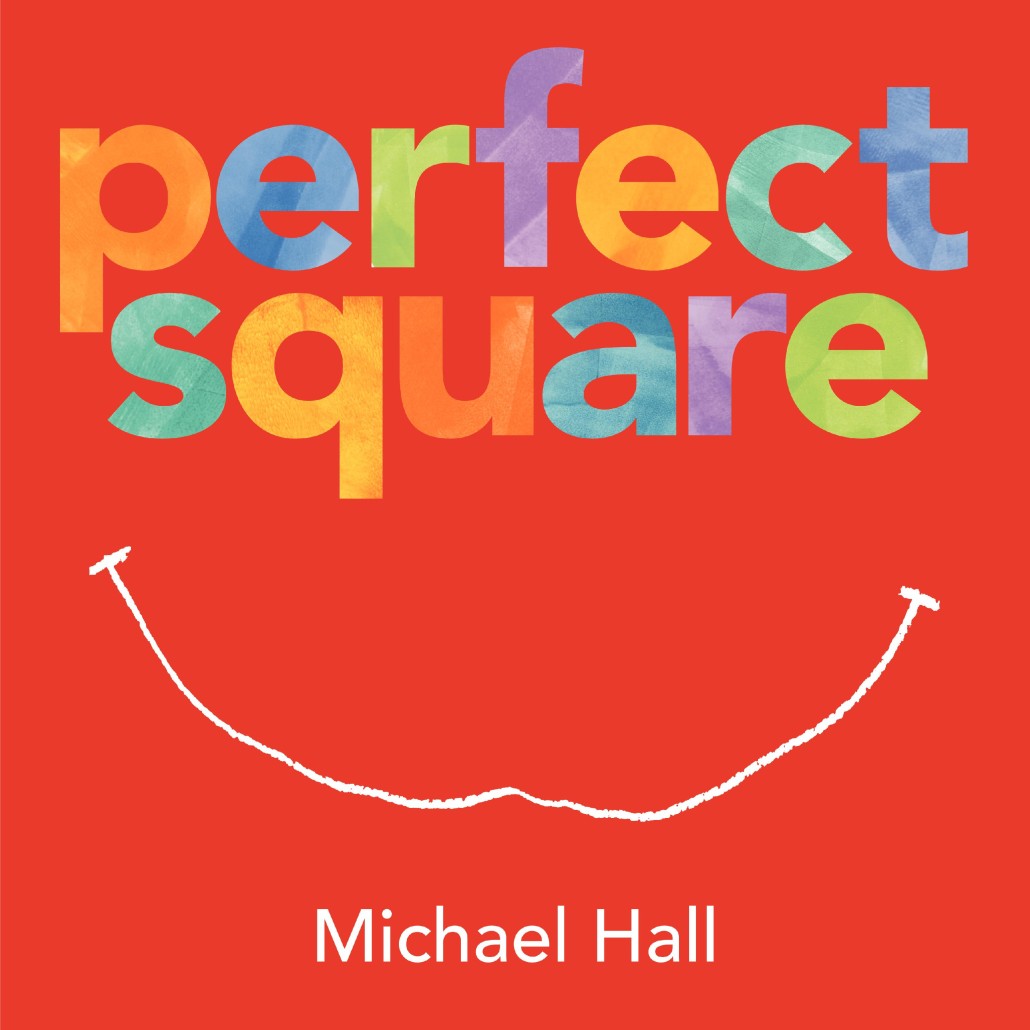
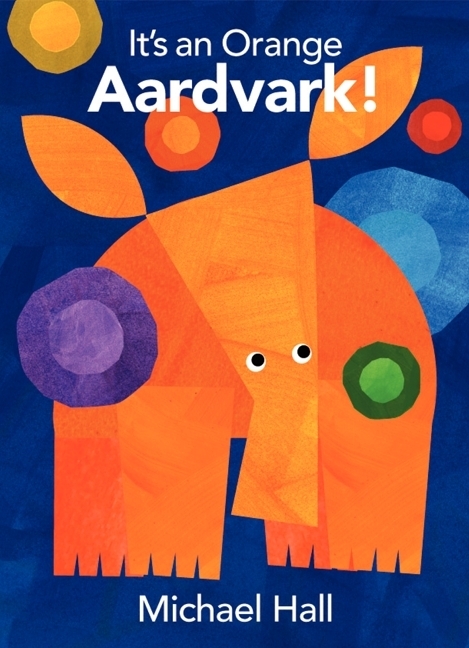
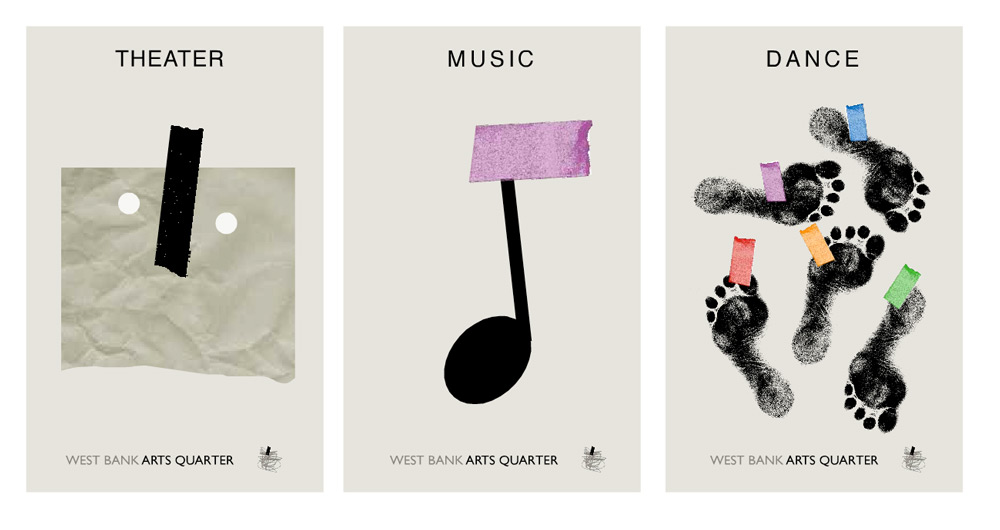
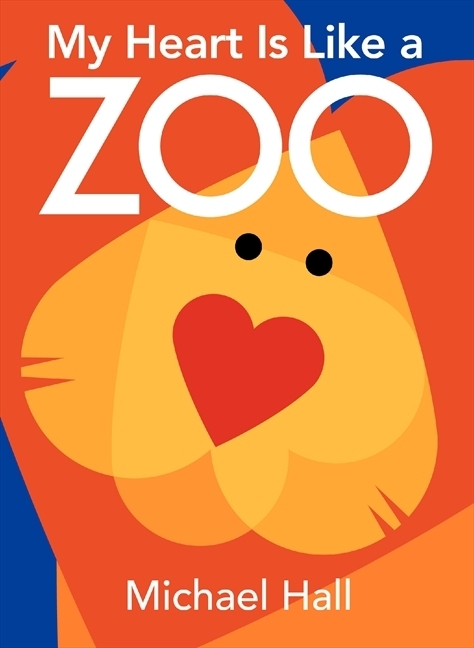 “Another important element is ambiguity. My first book, My Heart is Like a Zoo, has a frog made from a heart, four rectangles for legs, and an eye. I rejected an earlier version, made with six hearts, because it looked too much like a frog. Once you see that it’s a frog, you simply stop seeing it. Your mind wants to move on. On the other hand, if it keeps flipping back and forth between a frog and a heart, it’s more intriguing.
“Another important element is ambiguity. My first book, My Heart is Like a Zoo, has a frog made from a heart, four rectangles for legs, and an eye. I rejected an earlier version, made with six hearts, because it looked too much like a frog. Once you see that it’s a frog, you simply stop seeing it. Your mind wants to move on. On the other hand, if it keeps flipping back and forth between a frog and a heart, it’s more intriguing.
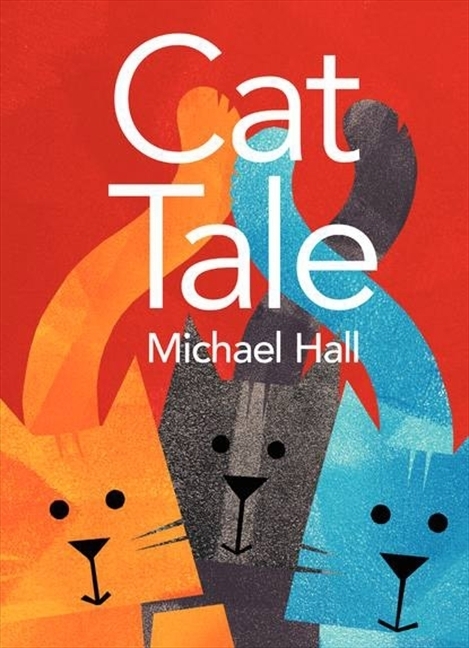 “Many of my books begin with the idea of a visual or verbal game. In Cat Tale, the game was writing a chain of simple sentences in which the main noun in one sentence is followed by a same sounding verb in the next sentence. This approach generated a sequence of fairly silly events—which was the point. But from there I tried to make the almost random events into something like a story. I spent many hours looking at different sequences of homophones and homonyms. My walls were covered with Post-it notes. Eventually, I saw it as a book about reading. So, for me, it also had to be about dyslexia.”
“Many of my books begin with the idea of a visual or verbal game. In Cat Tale, the game was writing a chain of simple sentences in which the main noun in one sentence is followed by a same sounding verb in the next sentence. This approach generated a sequence of fairly silly events—which was the point. But from there I tried to make the almost random events into something like a story. I spent many hours looking at different sequences of homophones and homonyms. My walls were covered with Post-it notes. Eventually, I saw it as a book about reading. So, for me, it also had to be about dyslexia.”
Halls books have found favor in homes, libraries, and schools. “It was a lucky surprise to discover that my first two books inspire art activities in classrooms. I’ve received many wonderful heart animals and square creations from children. A blogger has written about using Perfect Square in schools, and my publisher has also been good enough to make a printed teaching guide for my first four books.”
Tablets
“I do most of my reading on an iPad. I love that I can carry a thousand e-books onto a plane. But I’m bullish on the future of picture books. Unlike most types of writing, picture book stories are intimately tied into the physical structure of the book. The stories and rhythms are built on limitations inherent in the book itself. It’s like an extended game of peek-a-boo. So a picture book translated into an e-book would be something entirely different.
“One day an app might replace the picture book, and it might be far superior to a picture book, but it won’t be a picture book. I think it will be quite some time before an app becomes as acceptable a gift as an actual picture book. Eventually, someone will surely invent a ‘wrap-app’ so a child can electronically unwrap the app on his iPad — possibly after shaking it to hear a prerecorded rattling sound as a clue to its contents.”


